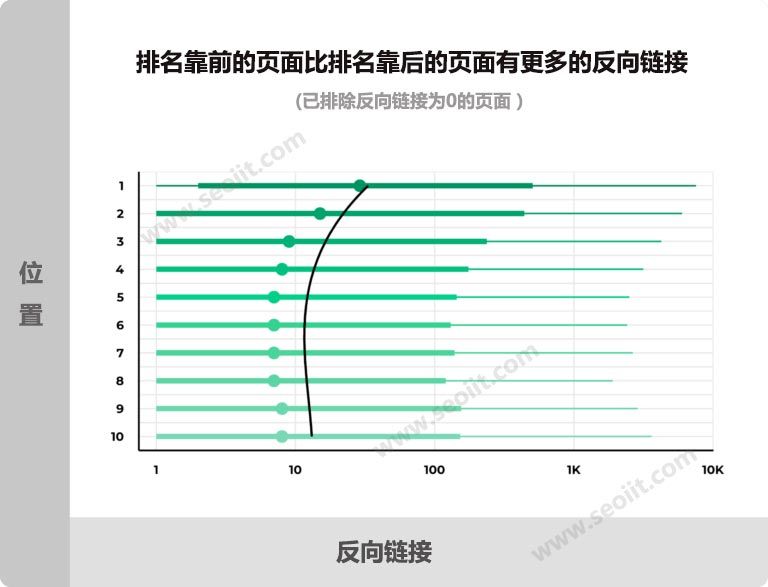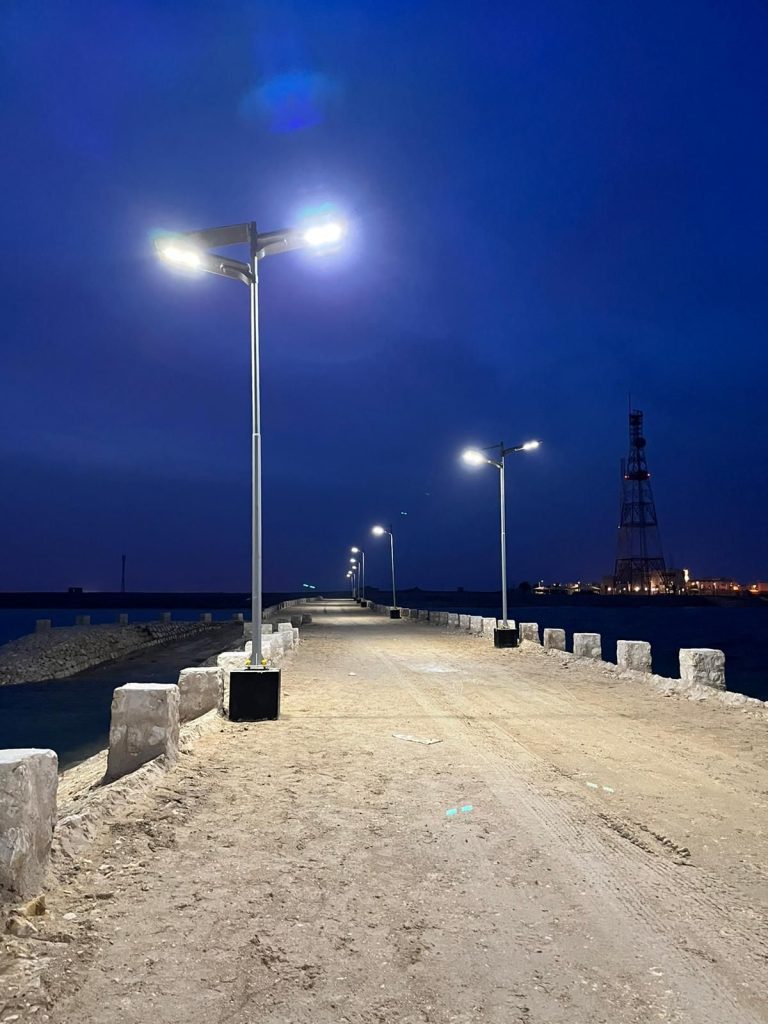Inhoudsopgave
Advantages of Implementing 120W Solar Street Lighting Fixtures
Solar street lighting systems have emerged as a sustainable solution to illuminate roads, pathways, and public spaces. Among the various options available, the 120W solar street lighting fixture stands out for its efficiency and effectiveness. Implementing these fixtures offers numerous advantages, making them a compelling choice for urban and rural environments alike.
One of the primary advantages of the 120W solar street lighting fixture is its energy efficiency. These fixtures harness solar energy during the day through photovoltaic panels, converting it into electricity to power the LED lights. By relying on renewable energy sources, they significantly reduce dependence on traditional grid electricity, thereby lowering energy costs and decreasing carbon emissions.
Moreover, the 120W solar street lighting fixtures are environmentally friendly. Unlike conventional streetlights that rely on fossil fuels or grid electricity, solar-powered fixtures produce zero greenhouse gas emissions during operation. This makes them a crucial component of sustainable urban development initiatives aimed at mitigating climate change and reducing air pollution.
Another key benefit is the independence from the electricity grid. In remote or off-grid locations where extending power lines is impractical or cost-prohibitive, solar street lighting systems offer a viable solution. The 120W fixtures can operate autonomously, providing reliable lighting without the need for external power sources. This makes them ideal for rural areas, parks, and pathways where access to electricity may be limited.
| Nr. | Product Name |
| 1 | Solar Street Light |
Furthermore, the durability and longevity of 120W solar street lighting fixtures contribute to their appeal. Constructed from high-quality materials such as corrosion-resistant aluminum and tempered glass, these fixtures are designed to withstand harsh weather conditions and prolonged exposure to sunlight. With minimal maintenance requirements, they offer a cost-effective lighting solution with long-term reliability.
In addition to their functional benefits, solar street lighting systems enhance safety and security in public spaces. Well-lit streets and pathways discourage criminal activity and improve visibility for pedestrians and motorists, reducing the risk of accidents and enhancing overall community safety. By installing 120W solar street lighting fixtures, cities and municipalities can create safer environments for residents and visitors alike.

Moreover, the versatility of these fixtures allows for customizable lighting solutions tailored to specific requirements. With adjustable brightness levels and programmable settings, municipalities can optimize energy usage and adapt to changing environmental conditions. Whether illuminating residential streets, parking lots, or public parks, the 120W solar street lighting fixture offers flexibility and efficiency.
Furthermore, implementing solar street lighting systems demonstrates a commitment to sustainable development and renewable energy adoption. As communities strive to meet climate targets and reduce their ecological footprint, investing in solar-powered infrastructure becomes increasingly important. By choosing 120W solar street lighting fixtures, cities and municipalities can showcase their dedication to environmental stewardship and innovation.
In conclusion, the advantages of implementing 120W solar street lighting fixtures are manifold. From energy efficiency and environmental sustainability to independence from the grid and enhanced safety, these fixtures offer a compelling solution for urban and rural lighting needs. By harnessing the power of the sun, communities can illuminate their streets and public spaces responsibly while paving the way for a brighter, more sustainable future.
How Solar Street Lighting Systems Can Enhance Urban Infrastructure
Solar street lighting systems have emerged as a promising solution to enhance urban infrastructure, offering sustainable and efficient lighting solutions for streets, parks, and public spaces. Among the various options available, the 120W solar street lighting fixture stands out for its reliability and performance. These systems utilize solar energy to power LED lights, providing illumination while reducing dependence on traditional grid-based electricity. Let’s delve into how such systems contribute to the enhancement of urban infrastructure.
One of the key advantages of solar street lighting systems is their environmental sustainability. By harnessing solar energy, these systems significantly reduce carbon emissions associated with traditional grid-powered lighting. This aligns with global efforts to combat climate change and promote renewable energy adoption. Moreover, solar street lights operate independently of the grid, making them resilient to power outages and ensuring continuous illumination even during emergencies.
In addition to their environmental benefits, solar street lighting systems offer economic advantages for urban areas. While the initial investment may be higher than traditional lighting infrastructure, the long-term savings from reduced energy bills and maintenance costs outweigh the upfront expenses. Furthermore, solar street lights require minimal maintenance compared to conventional lights, reducing operational expenses for municipalities and local authorities.
The versatility of solar street lighting systems makes them suitable for various urban applications. Whether installed along roadways, in parks, or on pedestrian walkways, these lights provide safe and well-lit environments for residents and visitors alike. Their adjustable brightness levels and motion-sensing capabilities further enhance energy efficiency by optimizing light output based on real-time needs.
Another significant advantage of solar street lighting systems is their scalability and ease of installation. With modular designs and wireless connectivity options, these systems can be deployed quickly and adapted to different urban settings. This flexibility allows for the seamless integration of solar lights into existing infrastructure without major disruptions or construction work.
Furthermore, solar street lighting systems contribute to the aesthetic appeal of urban areas. Their sleek and modern designs complement architectural styles and enhance the overall ambiance of streets and public spaces. By eliminating the need for unsightly overhead cables and poles, solar street lights contribute to a clutter-free urban landscape.
The 120W solar street lighting fixture, in particular, offers high luminous efficacy and reliable performance, ensuring optimal lighting coverage for urban environments. Its durable construction and weather-resistant design make it suitable for outdoor use in various climatic conditions. Additionally, advanced features such as remote monitoring and control capabilities enable efficient management and maintenance of lighting infrastructure.
In conclusion, solar street lighting systems play a crucial role in enhancing urban infrastructure by providing sustainable, cost-effective, and aesthetically pleasing lighting solutions. From reducing carbon emissions to improving safety and visibility, these systems offer numerous benefits for cities and communities. As urban areas continue to grow and evolve, the adoption of solar street lighting will undoubtedly contribute to a more sustainable and resilient future.
Sustainable Development: The Role of Solar Street Lighting Systems
Solar street lighting systems have emerged as a sustainable solution to urban illumination challenges, offering not only efficient lighting but also contributing significantly to the broader goals of sustainable development. Among these systems, the 120W solar street lighting fixture stands out for its capacity to provide ample illumination while minimizing environmental impact. As cities around the world strive to reduce their carbon footprint and enhance energy efficiency, the adoption of solar street lighting systems represents a pivotal step towards achieving these objectives.
One of the key advantages of solar street lighting systems is their reliance on renewable energy sources, particularly solar power. By harnessing the sun’s energy through photovoltaic panels, these systems generate electricity without producing greenhouse gas emissions or depleting finite resources. This renewable energy source not only reduces reliance on fossil fuels but also mitigates the environmental impact associated with traditional grid-powered lighting systems.
Moreover, the deployment of solar street lighting fixtures contributes to the decentralization of energy production. Unlike conventional grid-connected lighting, which relies on centralized power plants and extensive distribution networks, solar street lighting systems operate independently, requiring no external power source. This decentralization enhances energy resilience and reduces vulnerability to disruptions, making communities more self-sufficient and resilient in the face of natural disasters or grid failures.
In addition to their environmental benefits, solar street lighting systems offer significant economic advantages. While the initial investment in solar infrastructure may be higher than that of traditional lighting systems, the long-term cost savings are substantial. Solar-powered fixtures eliminate electricity bills and reduce maintenance costs, as they require minimal upkeep compared to grid-connected counterparts. Over time, the return on investment becomes evident, making solar street lighting systems a financially viable option for municipalities and urban planners.
Furthermore, the deployment of solar street lighting contributes to social sustainability by enhancing safety and security in urban areas. Well-lit streets deter crime and improve visibility, creating safer environments for pedestrians and motorists alike. In addition, the availability of reliable lighting extends outdoor activities into the evening hours, fostering community engagement and promoting active lifestyles. By prioritizing public safety and accessibility, solar street lighting systems contribute to the overall well-being of urban residents.
The versatility of solar street lighting systems makes them suitable for a wide range of applications, from bustling city centers to remote rural villages. Their modular design allows for scalability and customization to meet the specific needs of different environments, ensuring effective illumination wherever it is needed most. Whether installed along busy thoroughfares, in public parks, or in off-grid communities, solar street lighting fixtures provide reliable and sustainable lighting solutions tailored to local conditions.
In conclusion, the adoption of solar street lighting systems represents a significant advancement in the pursuit of sustainable development goals. By harnessing renewable energy, promoting energy independence, and enhancing safety and accessibility, these systems offer a holistic approach to urban illumination. The 120W solar street lighting fixture, with its efficient design and reliable performance, exemplifies the potential of solar technology to transform the way we light our cities. As communities around the world embrace the transition to renewable energy sources, solar street lighting systems will continue to play a vital role in building a more sustainable and resilient future.






